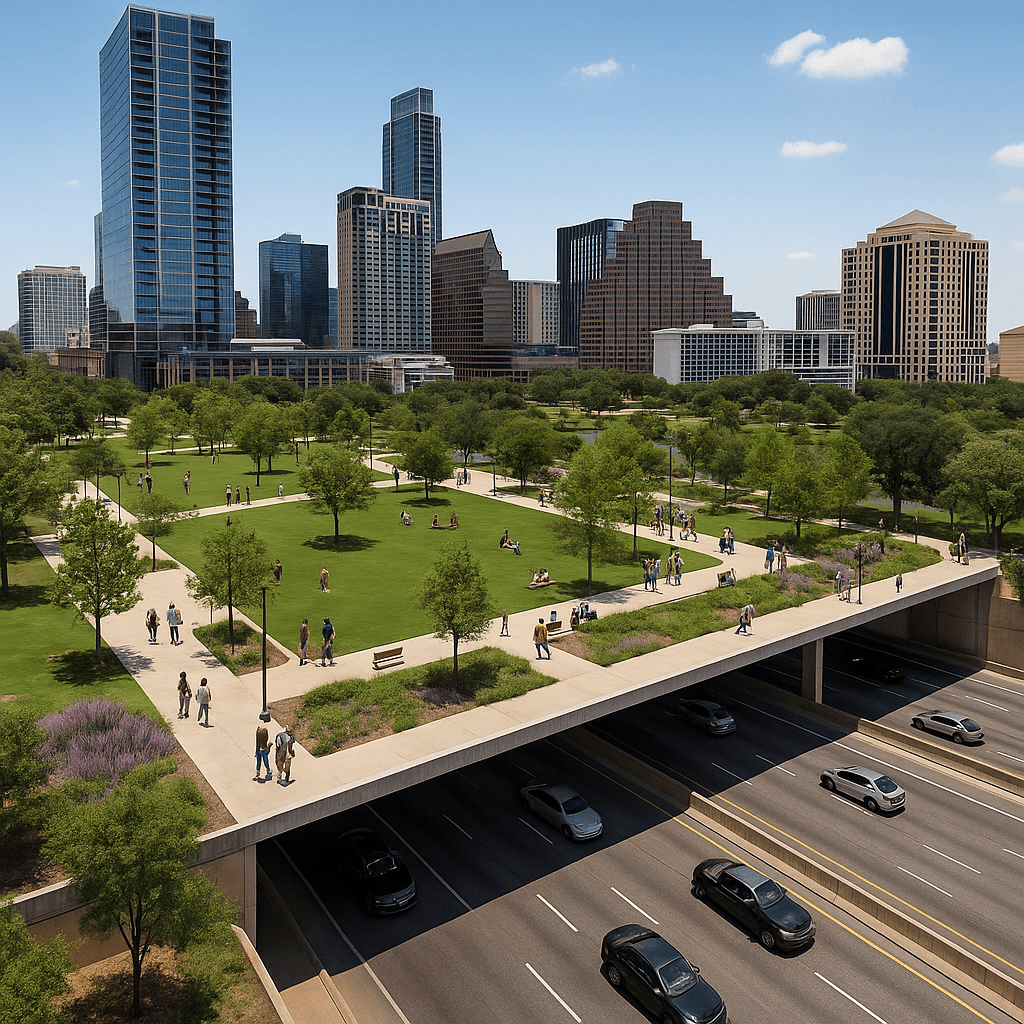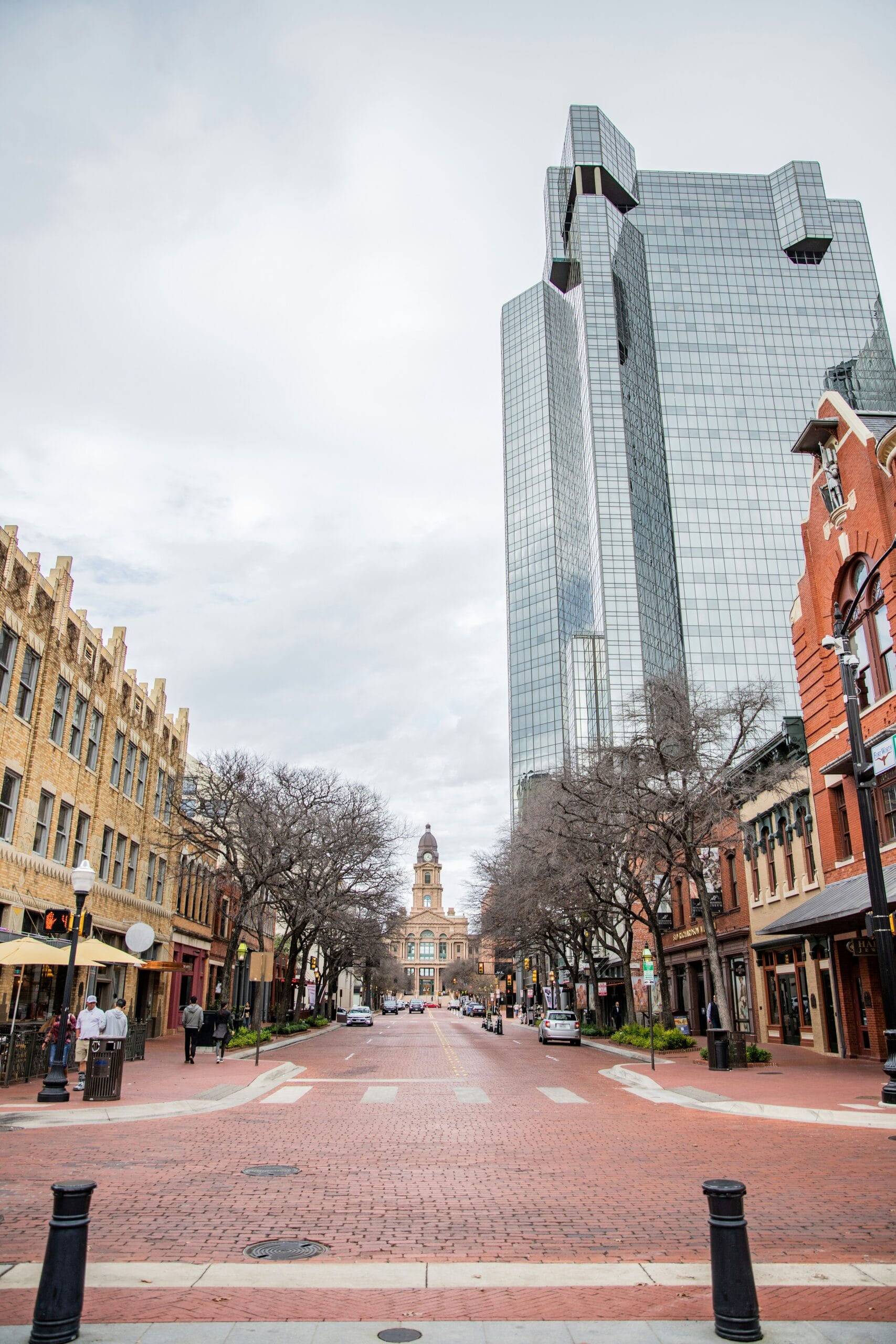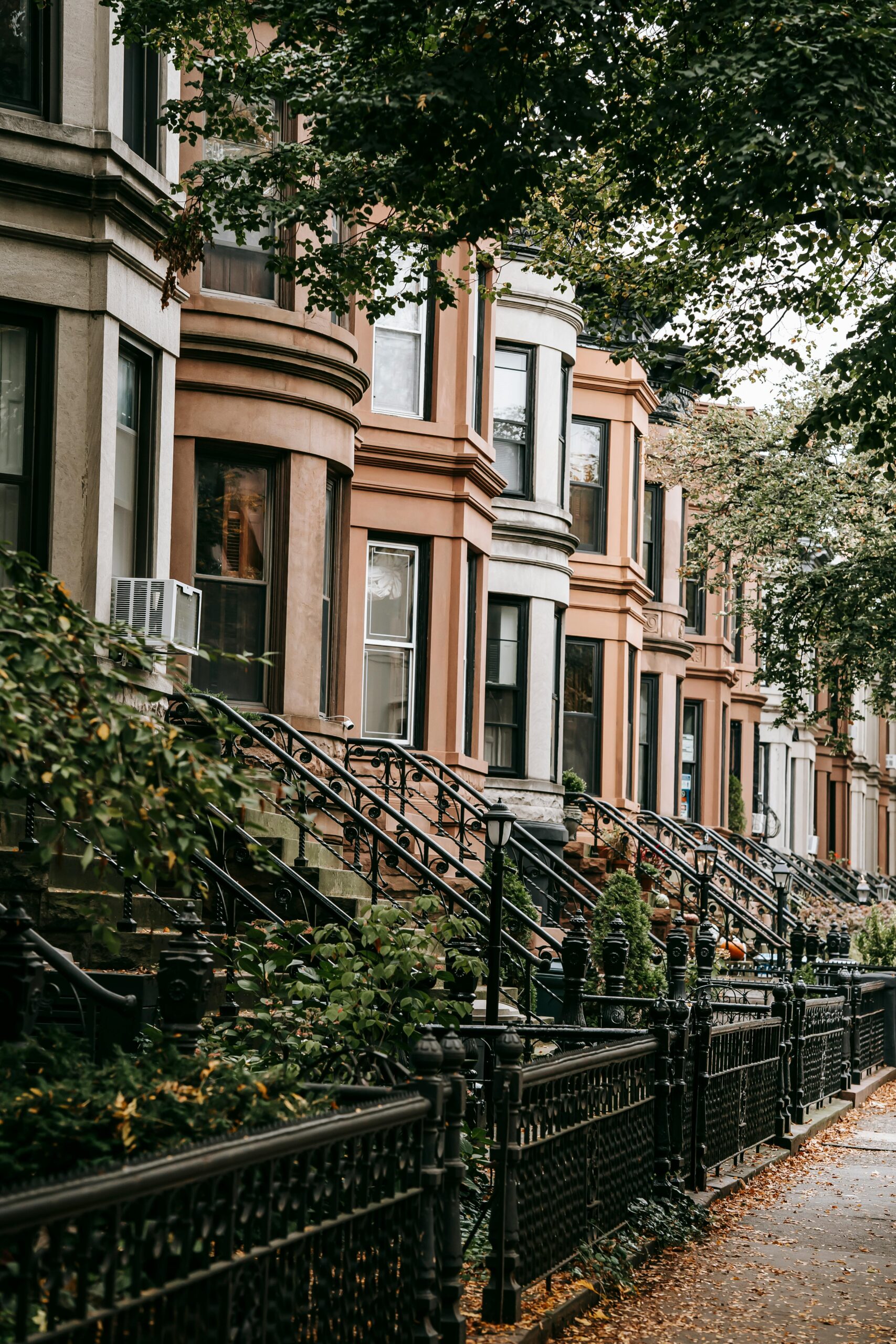- There are a number of reasons to be pro-urbanization. Including that it leads to more dense housing, providing more overall housing units.
- At least two Texas cities – Dallas and Austin – are some of the best cities for urban living in the country.
- As Texas becomes more urban, cities should make it more friendly for developers to meet the needs of its growing populace.
I write a lot about housing in this blog. Especially about density and urbanization. Because this is nominally a commercial real estate blog and there is a nationwide housing crisis. So it’s a pretty natural topic to write about.
If you read this regularly, you probably know that I am a big fan of urbanization. There are lots of reasons for this – greater density and urbanization provide a lot of benefits to a community. And it also just means there are more houses for people to live in. So as often as possible, I try to promote dense, urban spaces where people can live, work, and play.
Despite this, I never really considered Texas’s cities to be particularly friendly to urban living. They didn’t strike me as terrible, but certainly not an easy place to live. But a new study may get me to change my mind.
Texas Cities Are Great for Urban Living
I’m not totally sure who StorageCafe is but they put out a new study that listed the best places in the US for downtown living. And, much to my surprise, Dallas was number one. And if that is a surprise, wait until you see who was number two. Austin. Our Austin, Texas.
When I saw this study referenced in the Dallas Business Journal, I thought there must be some funky metrics StorageCafe is using to get to those rankings. According to its analysis, compared to other cities, Dallas has luxury apartments that are large in size and have great aceess to fitness centers. The article also noted that, while Dallas used to embrace sprawl, to meet the growing demand for housing recently, Dallas has embraced higher density and built a lot more urban housing options.
Similarly, Austin ranks high in green apartment buildings, apartment size, and having an educated population. Austin is also one of the liveliest areas of the country in the study with 14.6 restaurants and 2.8 theaters per 1000 locals downtown.
And this really is a trend throughout all of Texas. Since approximately 2011, rural areas in Texas have grown by about 1%. But urban areas have grown by about 18% during that same time. And now, about 90% of the new Texans are looking to live in urban, metropolitan areas.
So while Texas has a large rural population, it is also one of the most urban states in the country. As of 2010, 84.7 percent of Texans lived in urban areas. And it has undoubtedly grown since then. Indeed, Texas has six of the top twenty-five largest cities in the US.
Meeting the Demands of Urban Living
I do not know if Dallas and Austin should be ranked one/two in a study of best places to live in an urban setting. That’s not ultimately that important. The more important takeaway is that people keep moving to Texas. And increasingly those people want to live in an urban setting. And we need to continue to develop dense, urban housing to meet those needs.
To do that, we need Texas cities to work with developers to make it easier to build dense housing in urban areas. This includes all of the usual suspects:
- Permitting – It just takes too long and is too difficult to get approved – especially in Austin.
- Compatibility – This may be the number one hindrance to increased density. Its hard not to get frustrated driving up and down Lamar or East Seventh Street and seeing it lined with two story buildings.
- Minimum sized lots – The minimum size should be decreased to allow denser housing.
- Public transportation – Its important to have great public transportation to go with urban living.
These are, of course, just a few of the examples. But they are important to the future of Texas’s cities. And the more cities work with developers to make building urban housing more accessible, the more we will be able to meet the housing demand where it is – in the heart of the city.



